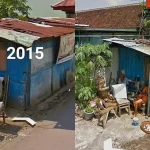Dylan’s Story: A Tiny Heart Full of Courage
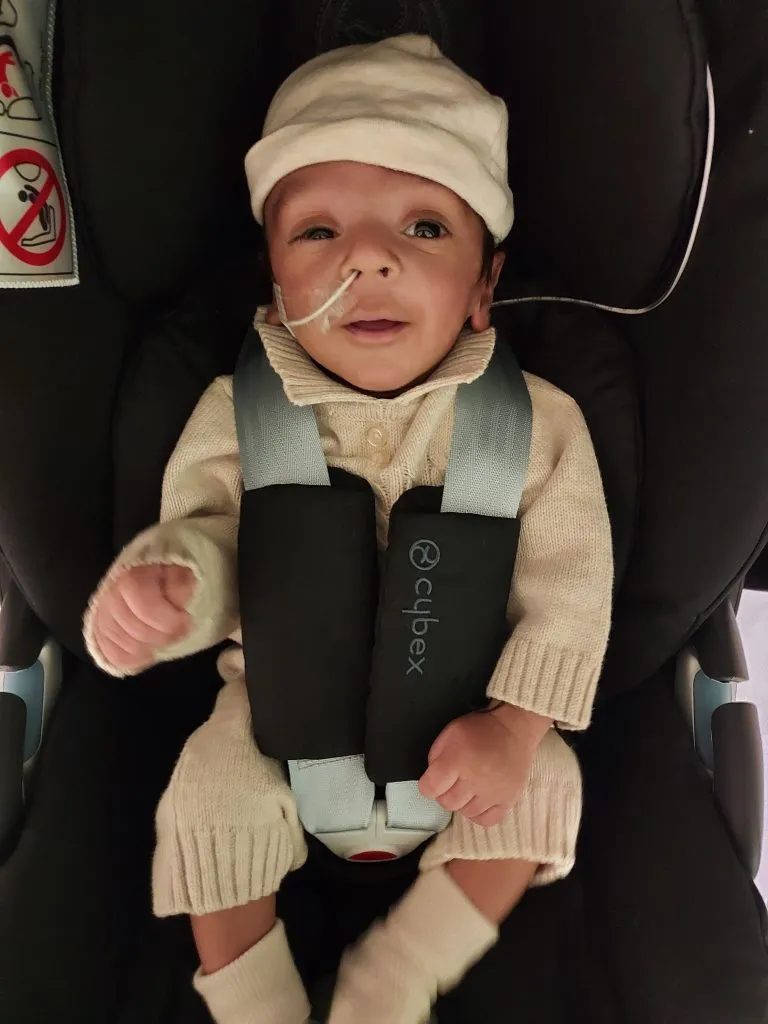
When we think of courage, we often imagine heroes, soldiers, or extraordinary survivors. But sometimes, courage lives in the smallest bodies — in the soft heartbeat of a baby who fought for every breath. This is the story of Dylan, a little boy whose journey touched everyone who knew him. Though his life was short, his story continues to inspire hope and awareness for families facing congenital heart defects around the world.
A Beautiful Beginning
Dylan was born on February 9th, 2021, at 10:37 p.m. He weighed a healthy 6.5 pounds — a perfect, tiny miracle in his parents’ arms. His arrival filled the room with love, relief, and tears of joy.
But during the long 16-hour labour, Dylan experienced trauma to the head while doctors were examining his mother’s dilation. His heart rate fluctuated rapidly, raising concern. After delivery, doctors decided to keep Dylan in the hospital for observation. They monitored him for a week.
Yet, despite these signs, his heart condition went undetected.
Dylan was one of the 1,000 babies each year who leave the hospital with an undiagnosed congenital heart defect — a silent danger that hides behind calm breathing and innocent eyes.
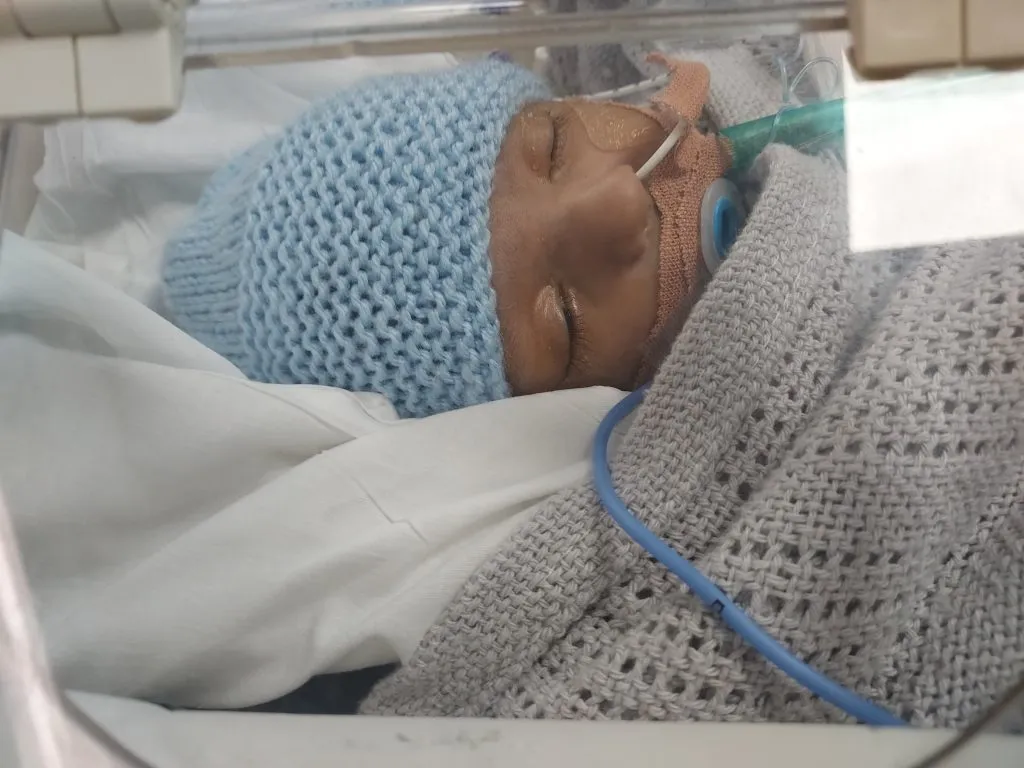
Subtle Signs of Trouble
For the first few weeks, Dylan seemed like any newborn — sleepy, calm, and content. But at four and a half weeks old, something changed.
His parents noticed he was sleepier than usual. His cough sounded chesty, and his cry became muffled. It was Mother’s Day, March 14th, 2021, when Dylan’s parents called 111, a medical helpline in the UK. They were told to take him to the hospital because his breathing seemed fast, though doctors said his lungs were clear.
The initial diagnosis was bronchiolitis, a common respiratory condition in infants. But something about Dylan’s symptoms didn’t fit. After two days, doctors performed an echocardiogram (heart scan) — and the truth changed everything.

The Diagnosis No Parent Expects
The scan revealed that Dylan had coarctation of the aorta and aortic stenosis — two serious heart defects. His heart was already in failure.
Within hours, Dylan was rushed to a specialist cardiac centre. Doctors explained that he needed an emergency operation that same night. Without it, he might not survive until morning.
At 2 a.m., surgeons performed a balloon procedure to widen Dylan’s valve and allow more blood to flow through. But complications arose. The valve ruptured, causing 100% blood outflow and 30% backflow into the ventricle. Only about 70% of blood was being pumped to his body. He also had two narrow sections in his aortic arch, which restricted blood flow even more.
And during this life-saving procedure, Dylan suffered a stroke.
Still, against all odds, Dylan made it through the night.
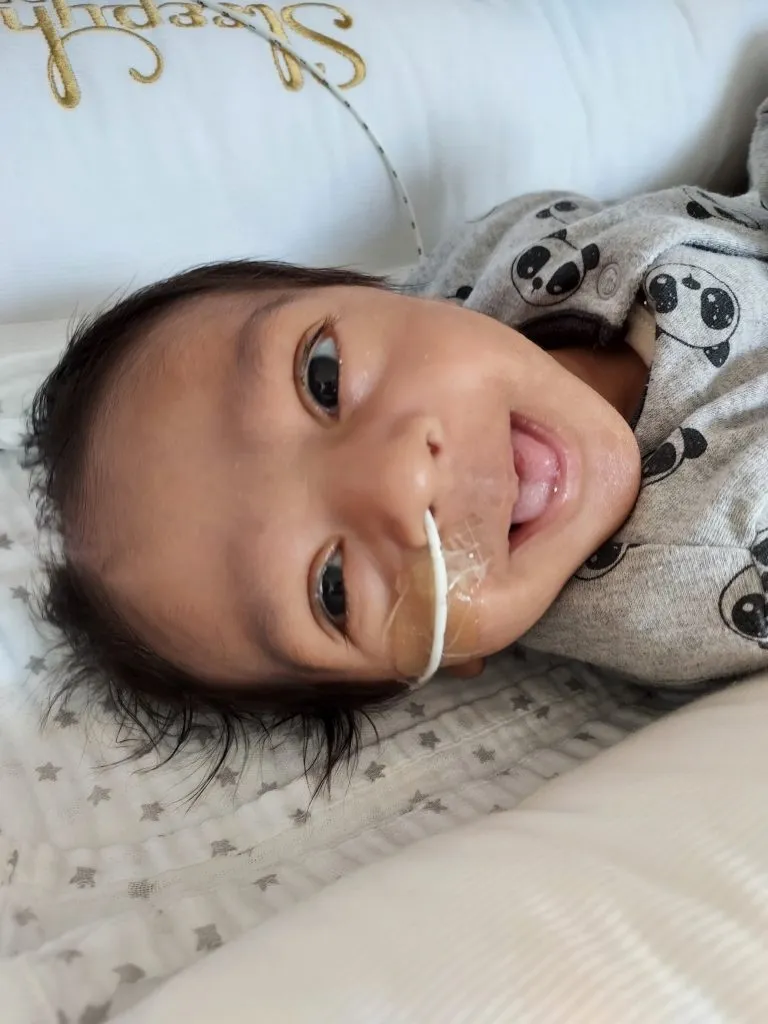
A Fighter in the ICU
For the next four weeks, Dylan stayed in intensive care (ICU). His tiny body battled heart failure and recovered from the balloon procedure that had saved his life.
Ten days later, surgeons performed another operation — this time, an eight-hour surgery through his back to repair the narrowed section of his aortic arch.
When Dylan was taken off the ventilator eight hours later, something miraculous happened: he began breathing on his own. The doctors were amazed. His strength, his fight, and his will to live shone through his fragile body.
Small Victories
Six days later, Dylan went under general anaesthetic again. Doctors needed to insert a PICC line in his arm because his existing lines risked infection.
Within 48 hours, Dylan showed remarkable improvement.
He was off oxygen, switched to oral medication, and needed only mild pain relief.
He was allowed to wear clothes again — a small but emotional milestone for his parents.
For the first time since his birth, they could hold their baby boy and feel his warmth without medical wires in the way. It felt like having him back.

Moving Out of ICU
Dylan’s recovery continued as he moved from ICU to High Dependency Unit (HDU), where he stayed for another week. But new challenges appeared.
His parents noticed he was coughing and choking during feeds. Tests revealed vocal cord damage, likely caused during his second surgery. This damage made Dylan vulnerable to aspiration, where food or milk could enter his lungs.
To protect him, his feeding had to change. Breastfeeding was limited to short sessions, followed by NG tube top-ups (a feeding tube through his nose). Despite these challenges, Dylan’s parents adapted with patience and love.
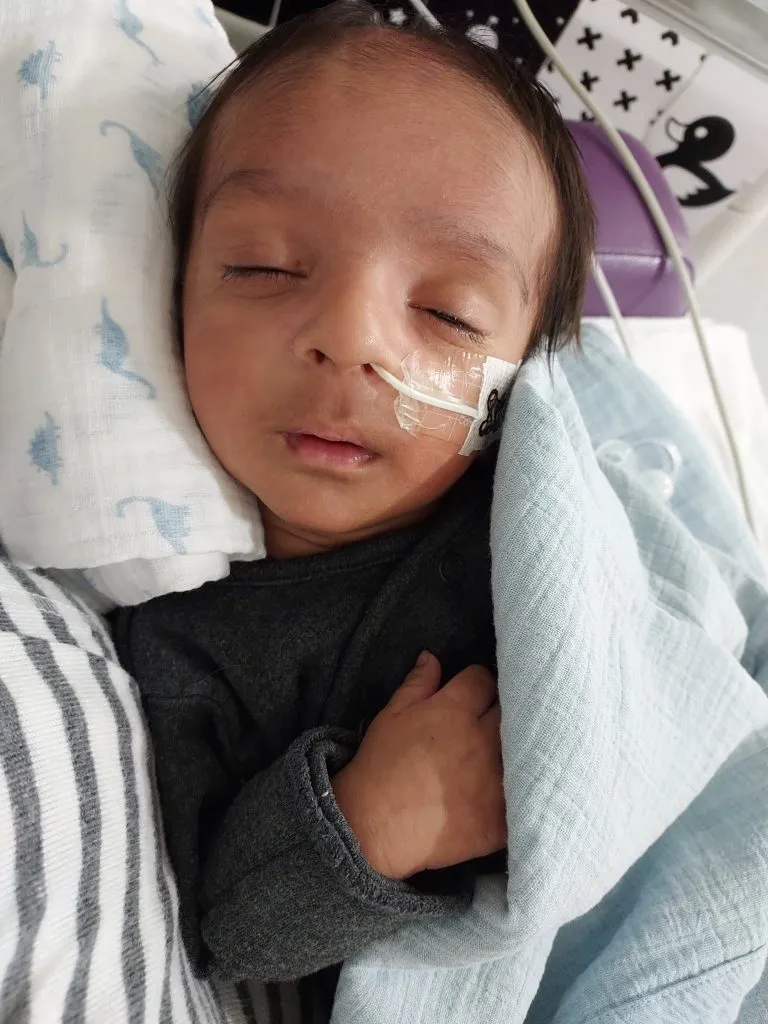
Preparing for Home
When Dylan was transferred to the children’s ward, his mum could stay overnight with him. This was a crucial step — not just for Dylan’s health, but for his family’s confidence.
The medical team wanted his parents to feel comfortable handling his feeding and medication routines before discharge. Dylan was stable, alert, and showing more of his personality. He was finally going home.
But just one day before discharge, his heart rate spiked.
Doctors ran an ECG, which showed a “good rhythm.” They explained that the elevated rate was “Dylan’s new normal.” Reassured but uneasy, his parents trusted the team’s judgment.
Dylan was discharged — but only two days later, red flags appeared again.

The Final Days
Back at the local hospital, Dylan was monitored closely. His medical data was shared with the cardiac centre, and every effort was made to stabilize him.
But on April 20th, 2021, Dylan’s brave heart could fight no more.
He passed away peacefully in his parents’ arms, just ten weeks old.
The world stopped for a moment.
The hospital room, once filled with beeping monitors and quiet hope, fell silent.
Dylan’s parents are still waiting for the final post-mortem results. But one truth is clear: had his heart defects been detected sooner, his journey might have been different.
A Legacy of Love and Awareness
Dylan’s story is more than a story of loss — it’s a call for awareness, compassion, and early detection.
Every year, hundreds of families face similar heartbreak. Around 1 in 100 babies are born with a congenital heart defect (CHD), and many go home undiagnosed. Early screening, better training, and parental awareness can change outcomes and save lives.
Dylan’s family shares his journey not to relive their pain, but to help other parents recognize the subtle signs that something might be wrong. If even one life is saved because of Dylan’s story, then his short life will have made a lasting impact.
Remembering Dylan
Dylan’s time on Earth was short, but his impact is infinite. He taught everyone who knew him about resilience, love, and the power of hope.
He was — and will always be — a symbol of courage in the face of impossible odds. His name reminds us of what it means to cherish every heartbeat, every breath, every tiny moment of life.
Dylan’s parents hold on to the memories — the warmth of his little hands, the weight of him in their arms, the way his eyes followed their voices. Those memories will never fade.
And through the sharing of Dylan’s story, his legacy continues to bring awareness, hope, and healing to families across the world.










